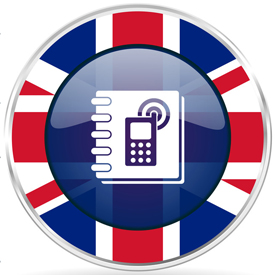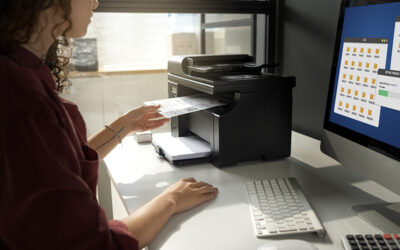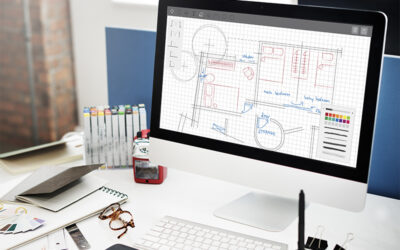 The need for microfiche microfilm scanning is universal and it has applications in corporate and governmental settings. However, with the rapid aging of a range of vital historical documents, digitization and scanning of microfiche and microfilm have significant scope in the field of archiving.
The need for microfiche microfilm scanning is universal and it has applications in corporate and governmental settings. However, with the rapid aging of a range of vital historical documents, digitization and scanning of microfiche and microfilm have significant scope in the field of archiving.
The World’s First Telephone Directory
Back in 1880, on the 15th of January in England, The Telephone Company Limited issued the first telephone directory known to the world. But it couldn’t be called a telephone directory in the strictest sense of the term since it didn’t actually contain any telephone numbers. Instead there were only names of people and businesses in London, which totaled 248 at the time. What a caller had to do was to ring the telephone exchange and mention the name of the individual or business he wished to be connected to. However, the impracticality of the situation led to The Telephone Company finally releasing a telephone directory a few months later with numbers listed.
England’s Phone Book is the present day equivalent of that first telephone directory, and apparently a good deal of subscribers still uses it. The Phone Book is also available as a website.
Frequent Updating Increases Number of Editions
As the telephone network kept expanding rapidly, the directory needed to be updated frequently. This caused multiple editions to be printed in the same year.The phone book became UK’s largest single printing contract by 1914. The number of phone books printed each year then topped a million and a half. By 2012 there were 22 million phone books published in 168 editions. Of course, by then there was the online phone book.
Computerization took over from 1970 whereby the phone books were compiled by computer and recorded to magnetic tape before feeding into photo composing machines. This initiative made it the first totally integrated computerized printing process in the world.
The Challenge of Preserving Earlier Editions
The greater challenge has been preserving the earlier editions. An exhaustive collection of phone books is maintained by BT Archives right from 1880. That’s when microfilm and microfiche came into the picture. The collection of phone books till 1992 and that from 1993 to 2000 was transferred to microfilm. A digitization project was also carried out along with Ancestry.co.uk for scanning phone books from the years 1880 to 1984. It involved 1,780 phone books and over 280 million names accessible online by subscription. The digitization process took a massive 26 months.
Experienced microfiche microfilm scanning services can ensure cost-effective scanning and comprehensive document conversion to ensure that historical documents are safeguarded for posterity.



